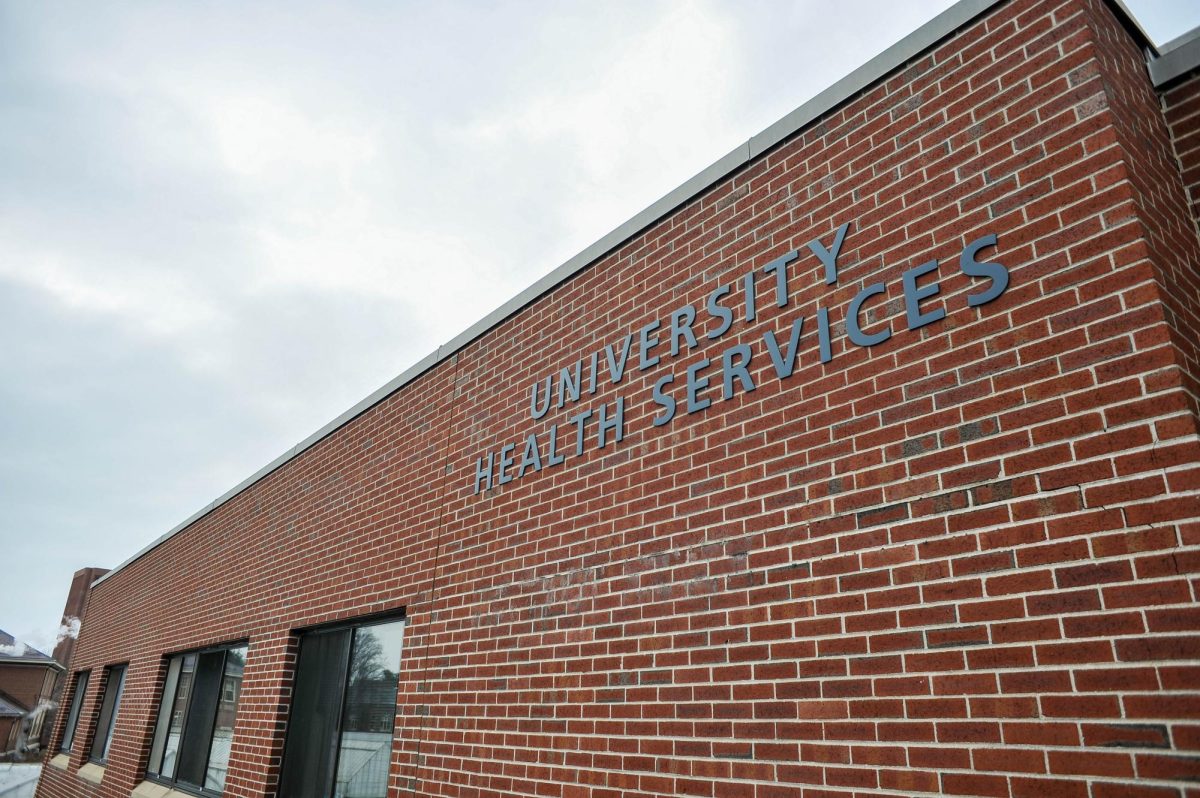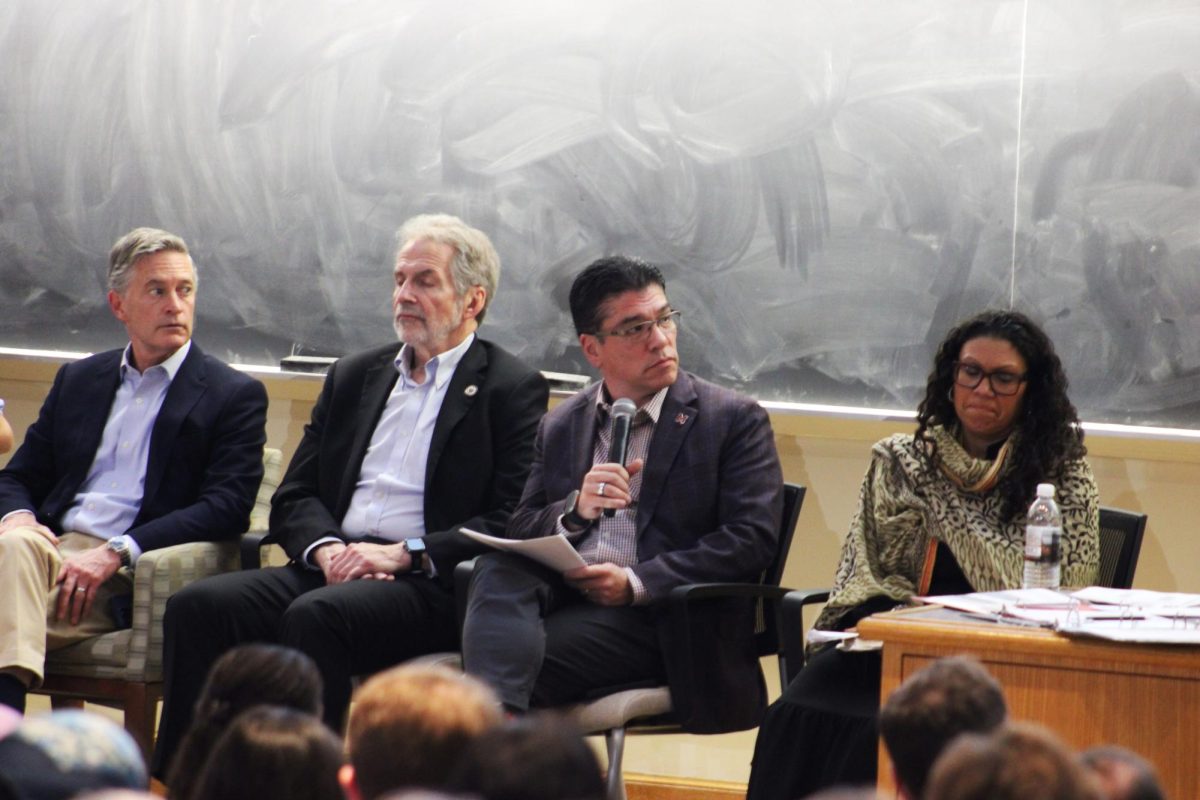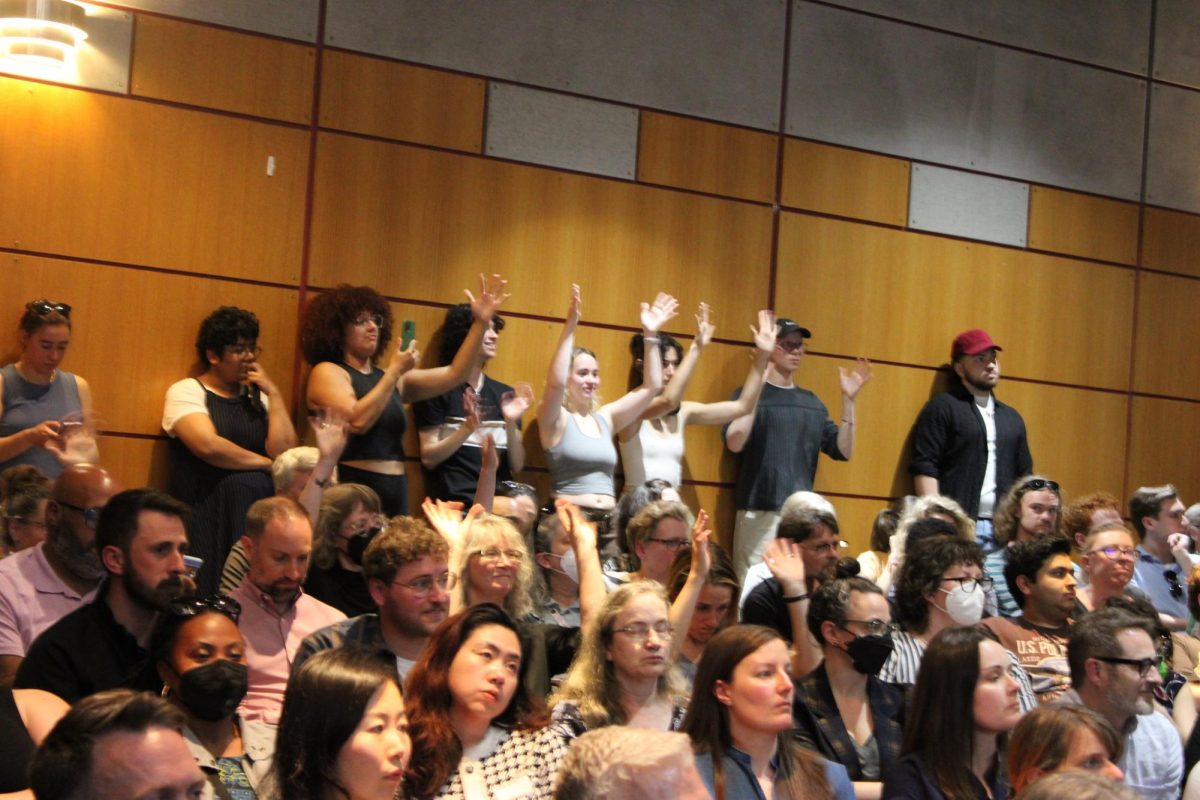To the editor:
Several weeks ago, in the Massachusetts 3rd Congressional District, the winning candidate, Lori Trahan, won the primary election with 21.6 percent of the votes cast. That means 78.4 percent of voters didn’t vote for her. She won, with this tiny percentage, because our system of voting is broken. The good news? We know exactly how to fix it: adopt a process called “ranked choice voting.”
This isn’t a new idea. Ranked choice voting (also called “instant runoff voting”) has been used in Australia for over 100 years. It’s been used in Cambridge since 1941. It’s also used today in Scotland, Ireland, New Zealand and most recently in Maine. That’s right, millions of Americans are already ranking their ballots. This system is proven, intuitive, constitutional and fair.
The biggest problem with our current “pick one” system is that the candidate who gets the most votes (the plurality) doesn’t necessarily have the support of most people (the majority). In fact, they often don’t. The more candidates there are in a race, the more likely this is to happen.
The other enormous problem is “spoiled” elections. Think of Bush, Gore and Nader in the 2000 presidential race. From exit polls, we know that if Nader hadn’t run, Gore would have been the winner. This “spoiler effect” pits similar candidates against each other, hurting all of them. It discourages third-party candidates from running. If people feel like their votes are meaningless, they don’t vote.
Ranked choice voting solves these problems, and it’s incredibly simple. You rank the candidates in order: first choice, second choice, third choice and so on. You can rank as few or as many as you want. If your first choice doesn’t win, your vote still matters. You can vote honestly, without worrying about who’s a “viable” candidate or not.
This summer I created a petition and collected signatures to put a question on the November ballot about ranked choice voting. I was successful, and this issue (Question 5) will appear in all of Northampton, Southampton, Westhampton, Hatfield, Amherst, Pelham and part of Granby. The question is non-binding, meaning it won’t change the law, but it will spread the word and demonstrate our support.
The statewide organization Voter Choice MA (vcma.us) is working to implement ranked choice voting by 2020, either through legislation or ballot initiative. When I created my petition, I didn’t know that other people were already organizing to make this happen. Our support is growing explosively.
To be honest, this is the only political issue that gives me hope. Like many people, I’ve been cynical about politics for a long time. I’m sick of being told that I need to “get in line” behind a mediocre party or candidate. I’m sick of polarized, bitter, red-versus-blue elections. I’m sick of wasting my vote, or even worse, helping elect someone I despise by not voting for their primary opposition. I don’t want to feel sick about politics anymore, and ranked choice voting is the first step.
The Boston Globe, the League of Women Voters, Secretary of the Commonwealth William Galvin and many of our representatives (including Jim McGovern, Lindsay Sabadosa, Mindy Domb, Jo Comerford and Solomon Goldstein-Rose) have already endorsed ranked choice voting.
Please join us by voting YES on Question 5.
Daniel Gilbert petitioned for and collected signatures for the appearance of Question 5 on the November ballot.



















NITZAKHON • Oct 22, 2018 at 11:46 am
In other words, since liberals aren’t winning under the current rules, change the rules. What a party of losers.
Jane Joned • Oct 19, 2018 at 12:23 pm
Hi, I’m an Easthampton resident and support ranked choice voting, as many other residents and city council members do. I’m curious why you didn’t petition here. Thank you for your activism!